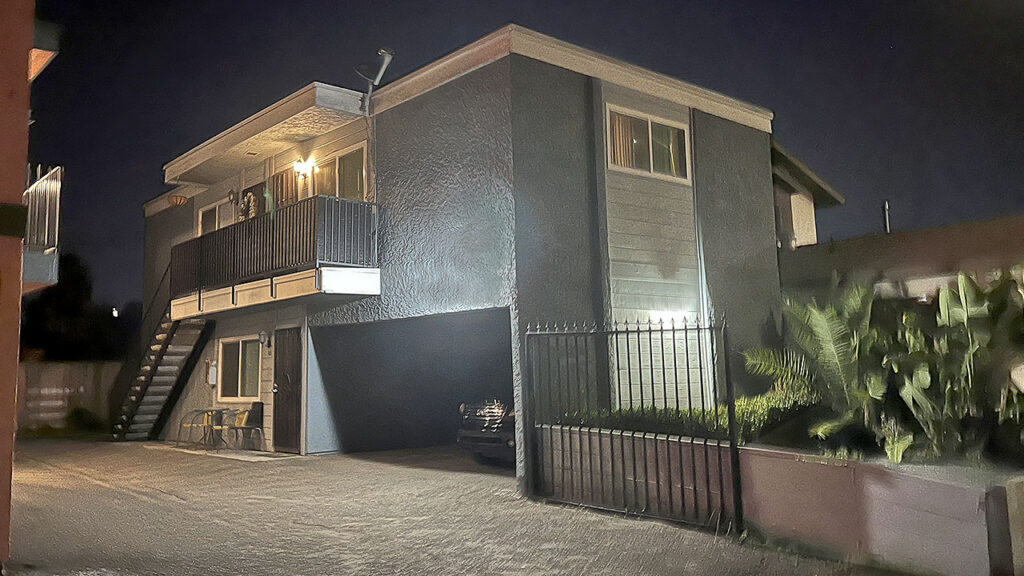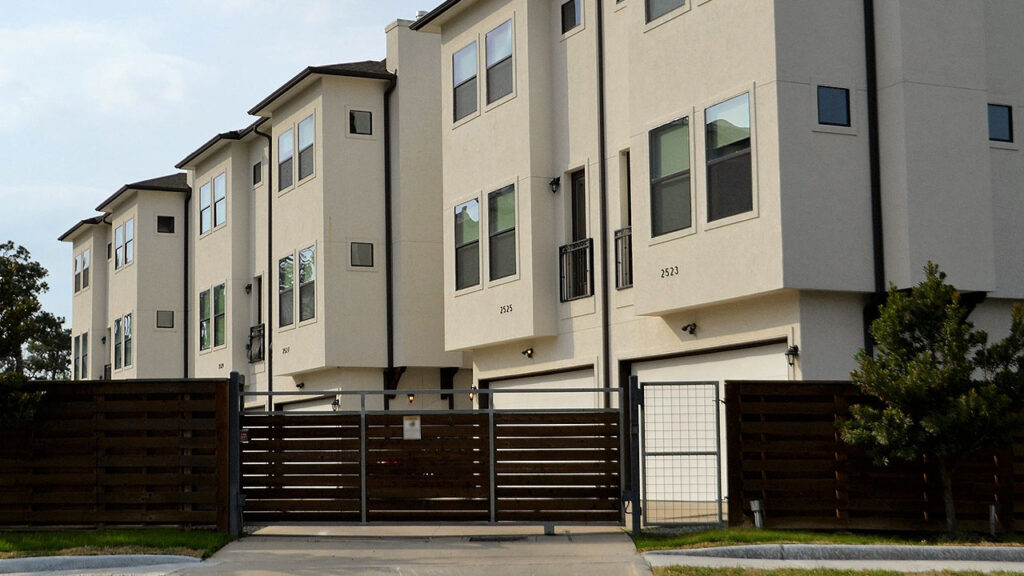Why have banks and institutional private lenders all but stopped approving loans for the construction or renovation of multi-family units at a time when the supply of available housing is insufficient in many areas? We think a little lending could go a long way toward alleviating the housing crunch. Here’s how Enact Partners can help.

Banks Are Risk Averse
Why are banks and other traditional lenders so hesitant to fund loans for ground-up construction, property acquisitions, and apartment building improvements?
The Federal Reserve raising interest rates 450 basis points over the last year certainly hasn’t helped. The Fed’s decision on February 1 to raise its benchmark interest rate by a quarter percentage point also sent a clear signal that rates won’t be going down anytime soon.
That means banks, whose lending rates are ultimately tied to what the Fed does, are more hesitant than ever to approve loans for anything that even has a whiff of uncertainty. That puts multi-family construction loans firmly in the category of being too “risky” for most traditional lenders.
How the Banks See It
Construction or renovations on apartment buildings can take 12 to 18 months to complete. A lot can change in a year and a half, and that makes banks nervous.
If rates continue to climb, how will developers refinance the construction loan post-construction? If affordable long-term financing is not available, where does that leave the bank?
Conversely, if rates go down, that could leave a lot of developers underwater on their construction loans with less demand among consumers for available rental units (because buying a home will suddenly become less pricey compared to renting). Again, where does that leave the bank?

What We’re Seeing
Enact Partners continues to lend for multi-family ground-up construction, build-to-rent, property acquisitions, improvements (tenant or value-add), and for refinancing/commercial bridge loans. We do so assuming rates will continue to climb over the next 12 to 18 months, which will actually grow the number of renters by making home mortgages pricier. This should boost demand for multi-family properties and raise the cost of rents as potential homebuyers turn to renting, at least in the short term as they wait for the market to shift. Builders and borrowers benefit from such a scenario as they are better able to cover their loan payments while demonstrating stability and generating income.
While a few areas of the country are overbuilt, meaning there’s more than sufficient housing to meet demand, the affordable housing shortage has created strong, growing markets in areas such as Southern California, Salt Lake City, UT; Denver, CO; Seattle, WA; and Portland, OR.
In California, some municipalities, such as the City of San Diego, enacted new laws to exempt housing developments in certain commercial zones from local approval processes and California Environmental Quality Act (CEQA) reviews. Previously, these processes could delay projects for 3 to 5 years, which increased project cost and rendered many unfeasible. Under the new law, projects are deemed “approved by right” so long as they meet certain affordable housing standards described in the statute. For qualifying projects, this effectively streamlines the approval process.
So instead of facing years to make a project shovel ready, developers are now looking at 9 to 12 months. In many cases, developers are able to place multiple Accessory Dwelling Units (ADUs) on a lot based on the square footage of the property, even if it’s located in an area zoned for single units.
We’ve also seen some developers pivot from speculative single family detached housing projects to build-to-rent (BTR) projects. Often the same project that was planned as “for-sale” housing can be converted easily to a for-rent product. Ultimately, these units can be sold individually when the market shifts back to a more for-sale-friendly environment.
We’re Still Lending

There’s no doubt the lending market has changed over the last year, especially with traditional banks and Wall Street lenders. For private Main Street lenders like Enact Partners, though, such changes represent opportunity.
- We keep doing what we’ve always done, which is to lend responsibly to qualified borrowers.
- We also continue to seek creative solutions for borrowers looking for answers that banks can’t or don’t want to provide. To do so, we keep our eyes open to potential areas of growth like those mentioned above.
Our loan rates are not determined by what the Fed is doing. Instead, our rates are closely tied to actual equity in a property. So while banks take a wait and see approach, we find ourselves able to leverage capital on hand, get creative by working with borrowers, and help them secure the commercial financing they need to turn multi-family housing and other projects into reality.
Contact Us About Your Borrowing Needs
Enact Partners specializes in quick turnarounds, flexibility, and providing direct access to the decision makers who can deliver the capital you need to buy and develop property.(760) 516-7776 | [email protected] | www.enactpartners.com





